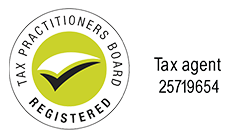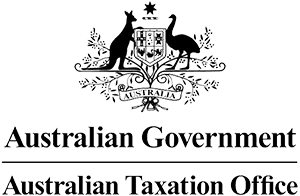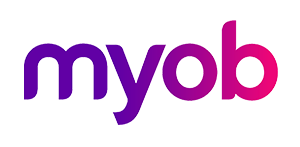When You Change Your Business Structure
There are a variety of reasons for creating a business structure or moving a business from one structure to another. Any change in legal structure will mean that new taxpayers have been created and new legal entities.
There are a wide range of matters requiring attention and action.
This webpage has been prepared by DBA Accountants for the guidance of our clients and is intended to cover most of the issues that arise in a change of business structure. Not every matter discussed here will apply to your business. There may be issues specific to your business and not mentioned here. When in doubt, contact us. Getting it right is much better than doing it quickly then fixing it later.
New Structure, New Entity?
If your new structure was created with assistance from DBA Accountants, you will have read our webpage “Thinking About Your Business Structure” and you will have a fair understanding of your structures, the reasons why, and how they work.
This new entity is a completely separate creature from your previous entities. It is a new business, legally separate from the old. It has its own Tax File Number, Australian Business Number, and so on.
New Bank Account
A new business must have a bank account of its own. As part of our incorporation process, we will advise which entities need bank accounts.
A bank account is one of the most obvious and important of management tools. We speak of a “bank account” but what we mean is an account with a financial institution through which a business conducts its financial transactions. Here, for the sake of simplicity, we will use the word “bank”.
When you go to open an account, the bank will want to see the following documents, as applicable to your business:
- Constitution of the company,
- Certificate of Registration of the company,
- Certificates of registration of any business names,
- Trust deed of the trust,
- Partnership agreement if there is one,
- Bank account resolution,
- Australian Business Number advice issued by the ATO and
- Tax File Number advice issued by the ATO.
Opening the account will be a lot easier if you wait until you have all these documents. While you are at the bank, questions might be asked about the paperwork – call us while you are at the bank and allow us to do the explaining. If we attended to the incorporations, we will provide you with a kit of documents for the bank.
If you are opening the account without some of the above, you will need to advise your bank that copies will be made available as soon as you receive them from us – which will be as soon as possible after we receive them.
The amount of the first deposit into the new account should be:
- For a company: the amount of the paid up capital subscribed for by the initial shareholders.
- For a unit trust: the value of units subscribed for by the initial unit holders.
- For a discretionary (“family”) trust: the Settled Sum of the trust.
- For a partnership: the agreed amount of cash to be contributed as capital by the partners, or another amount sufficient for the bank’s purpose.
- For a sole trader: an amount sufficient for the bank’s purpose in opening the account.
Make a separate deposit for any additional dollars paid into the account. These additional dollars are a loan from you to your business.
Bank Account of the Old Business
The old business may have ceased to trade but it needs to keep its bank account open long enough to collect the monies owing to it and to pay its bills. Then close the account by transferring the remaining balance to another account, according to the arrangement between the old and new entities.
In the first few weeks of the new business trading, as money arrives from customers, some will be for work done by the new business since it commenced and some will be for work done by the old business up to the time it ceased to trade. Make sure the money is banked into the correct bank account.
If money is banked into the new account that is applicable to the old (ceased) business and if payments to suppliers of the old business are made from the new account, talk to us about how to record them in the bookkeeping records. If these transactions are clearly identified, we can sort out their correct accounting treatment for you.
Personal Money in and out of the Business
The business account is only for the business – it is not your personal bank account. Unless you are a sole trader, the money in the account is not your money.
It will happen that you need to deposit personal funds into the business bank account, as working capital. When you do, you should clearly mark the deposit “Loan from… (you)”. In the data file, create a liability account called “Loans from… (you)” and code those deposits to it.
The business owes you that money and can repay it at any time. The repayment to you by the business is not income to you.
Pay yourself by setting in place an automatic transfer of money from the business account to your personal account. This should be for an amount enough for you to live on, so you do not need to use the business account to make personal payments.
Paying personal expenses from the business bank account is not a good idea. They add to the number and complexity of the transactions you are paying us to deal with. Depending upon the legal structure through which you are trading, personal expense payments can create problems of Fringe Benefits Tax and deemed dividends.








